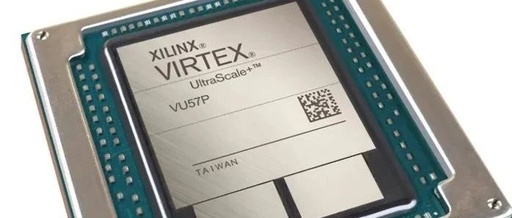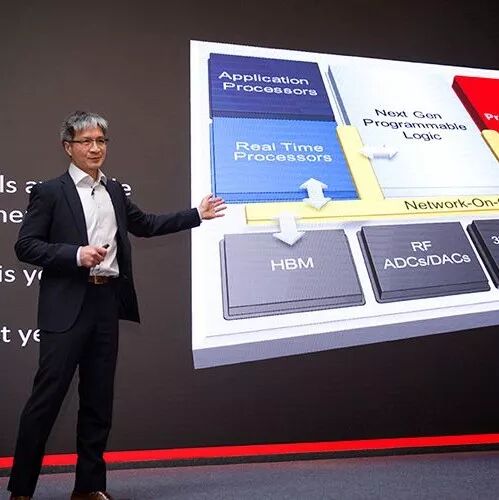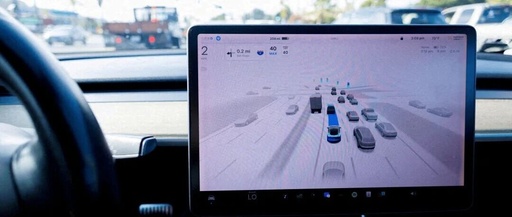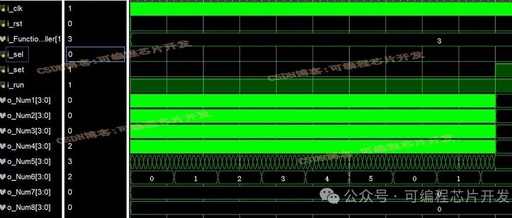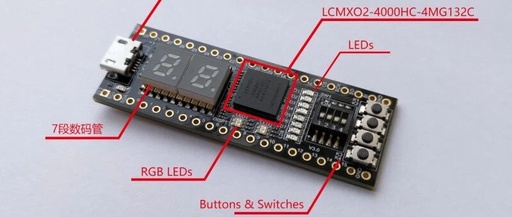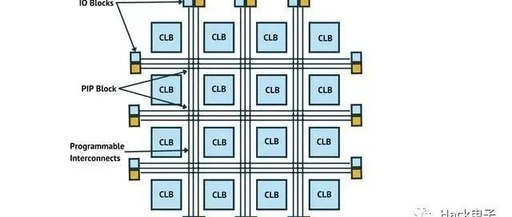What is ECO in the Wafer Tape-Out Process?
In the field of chip design, ECO (Engineering Change Order) is a key concept. Below, we will detail its definition, role, implementation process, and practical applications: 1. Definition of ECO ECO refers to a localized circuit modification plan implemented after the chip design has completed tape-out, addressing minor design defects or changes in functional requirements … Read more

